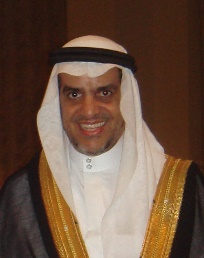DESIGNING FOR CROWD SAFETY: APPLICATIONS TO MECCA PILGRIMAGE

King Saud University
The annual pilgrimage to Mecca (Hajj) induces the gathering of millions of worshipers at the same time in the Holy shrines in and around Mecca. Tawaf, or circumambulation of the Kaa’ba, the focal point of the Grand Mosque (Haram), is the cornerstone of Hajj rituals. Another critical ritual experiencing overcrowding is the Jamarat system, which was a notorious crowd bottleneck, composed of three stone monuments, each surrounded by a ring, where pilgrims are supposed to throw pebbles in a given sequence.
The situation at the Jamarat site was highly dangerous due to the vast number of Hajjis trying to stone the pillars in a relatively short period of time and limited space. Many sad fatal accidents have occurred over the years and the area was in urgent need of development. Authorities proposed a design that offered a significant improvement to the safety of the pilgrims, replacing the one tier structure with a 4 tier structure (5 levels) and we were called for to audit such design. In order to ensure that the new Jamarat structure satisfies the required criteria of pilgrim safety during periods of overcrowding, its conceptual design was subjected to crowd modeling and simulation to test, evaluate and, when needed, modify its different design elements. The goal was to determine the capacity, throughput and performance of the proposed design.
On the other hand, the new expansion of Mecca’s Grand Mosque is supposed to increase its capacity to about threefold, and this is expected to significantly add more load on the Tawaf ritual. We assessed the Tawaf performance, and modeled a range of its site’s (court yard) configurations. This effort helped reach a final design that is currently under construction.
Modelling and simulation of crowds is a relatively new field, with early simulation models emerging in late 1980’s and the field dramatically expanded starting in late 1990’s. It can be a very useful tool in designing safe places for mass gatherings.
Professor AlGadhi’s research interests include modelling and simulation of crowd behavior and movement, transportation systems analysis, transit planning, traffic safety, and traffic flow theory; with special interest in Hajj (Pilgrimage to Mecca) crowd and transportation studies. Dr. AlGadhi, holds a Ph.D. in Civil Engineering (Transportation) from the University of Texas at Austin (1990), M.Sc. from the University of Illinois (Urbana), and a B.Sc. from King Saud University (Riyadh, Saudi Arabia). He is a professor of civil engineering at King Saud University..